So what is the crux of the problem:
- Capitalism promotes migration of jobs and work to the cheapest possible location;
- Probably ethically right since it rewards the group that is the most desperate, but is unfair to the group that has a net outward migration of jobs
- Results in massive job losses and desperation in one location while net influx of jobs and prosperity in another
- Retraining and a repurpose of labor at source location is usually not attempted or isn’t very successful
- The group losing the jobs is politically powerless to resist or prevent it
Let’s do a simple SWOT analysis of all the players involved :
Company:
Strength: Capital; Agile Business and Production Processes
Weakness: Bad Political Reputation, and hence opponents try to fight this practice using protectionist/nationalist policies
Opportunity: Find the optimal production cost to maximize profits and share holder returns
Threat: Competition achieves a lower per unit cost of production and thus loss of market share
Investors & Share Holders:
Strength: Capital
Weakness: Run towards the best returns, sometimes very short term focussed rather than long; i.e. support a steep discount rate
Opportunity: Deploy capital that can be most productively used; Employ private equity/venture capital investment constructs to lock in capital to generate superior returns in the medium term instead of meagre short term gains.
Threat: Other investors generating better returns
Workers at the outbound location:
Strength: Political say at the local level
Weakness: No Capital to invest
Opportunity: Human capital that is free
Threat: A lower cost location comes up and takes on the production and jobs from them; Not trained in anything other than what they are currently doing
Workers at the inbound location:
Strength: Political say at the local level
Weakness: No Capital to invest
Opportunity: Human capital that is free
Threat: Another lower cost location comes up and takes over the production and jobs from them; May not have any training
Given the incentives, a capitalistic society gravitates towards specializing and optimizing labor, capital and production usually towards the detriment of its own workers but in favor of its investor class.
What I propose:
Change the game to utilize the strengths for each player – investors to provide capital to competitive projects, localities to use their resources to set up the right competitive projects using local resources and labor, executors that have a proven track record to implement the projects in a transparent and efficient manner, operators to run the venture profitably and an infrastructure exchange that removes friction from investment, project execution, operation and the ability to move investments in and out of these projects that compete for being a better investment.
Infrastructure Exchange Market
What?
An open market place for micro/ project level sponsorship.
Starts with a contractual agreement between sponsors/implementors/operators on initial project parameters
Proposal put up for bit to the investors – micro credit – or ordinary shares available to folks with a well defined investment profile
Types of projects accepted:
– wind farms
– solar farms
– energy storage pods
– efficiency projects – reduce energy consumption run rates
– later could move to any infrastructure project – build roads / bridges etc.
Why?
– a way to fund infrastructure from goal minded folks that believe in sponsoring a projects goals while making sure of decent returns on investments
Goals can be
– renewable energy
– create jobs
– reduce pollution
– build infrastructure
– competition drives performance
– easy in and out through trading in the infrastructure bank exchange
How?
– sponsors propose projects on exchange
– investors buy in interest; when project fully invested in – kicks off
– implementors run with it and complete execution
– hand over to operators that run and produce steady annuities
– project shares trade on exchange in terms of how well they are doing and can be traded
– all activities have a std set of metrics that are measured and published for full transparency
– create a path for projects to fail and be winded down
– create market on which mature projects performing as annuities can be traded and folks can move in and out of the projects
– should you create it as a bond structure – like infrastructure bonds backed by local/state government?
When?
– create exchange with functionality for each participant
– get investors to fund operations
– sign up sponsors / implementors / operators
Where?
– where there is the greatest need
– local governments struggling with creating jobs but have local resources that can be leveraged
– Examples of local resources
– Land
– Wind power
– Solar power
– Hydro power
Who?
Initial investors – those that fund the exchange
Implementors – those that set up the projects initially
Operators – those that run and maintain the projects – create local jobs;
Investors – who fund the projects
Sponsors – local governments/state that can provide resources (e.g. Land lease/ rent etc)
An exchange like the one described above will align the incentives between the workers and the investors to create a win-win situation for both….
We are currently working on a prototype for the platform….watch this space…



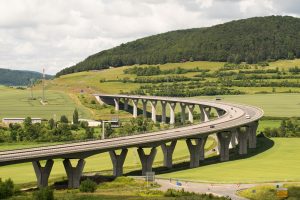 the internet, the GPS system, antibiotics and miracle drugs we have on the market. All of these are innovations that started as government projects and were then handed over to private enterprise.
the internet, the GPS system, antibiotics and miracle drugs we have on the market. All of these are innovations that started as government projects and were then handed over to private enterprise.

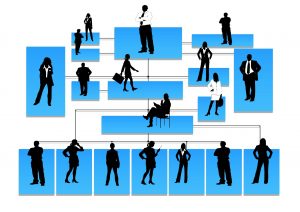
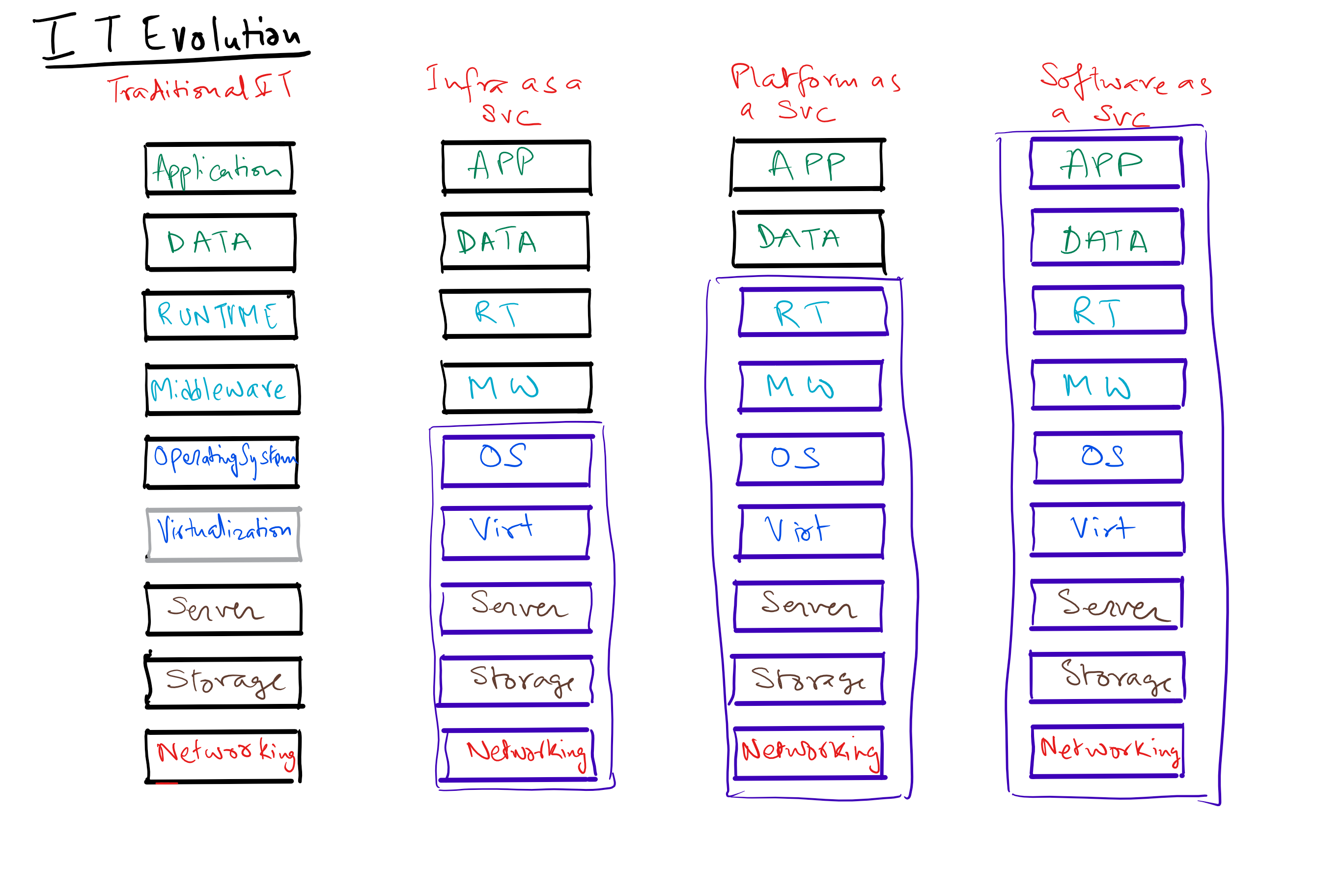

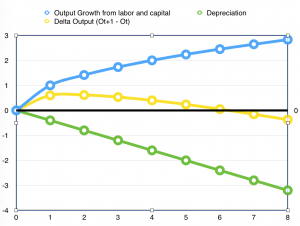
 It is increasingly apparent that technology has become a large driver of business strategy. By providing new channels and mechanisms to interact with its customers, clients, partners and suppliers, technology is a key part of an organization’s sustainable competitive advantage. So its imperative for a product owner to not just understand the business landscape but also understand how he or she can use technology components as key artifacts in differentiating their offering.
It is increasingly apparent that technology has become a large driver of business strategy. By providing new channels and mechanisms to interact with its customers, clients, partners and suppliers, technology is a key part of an organization’s sustainable competitive advantage. So its imperative for a product owner to not just understand the business landscape but also understand how he or she can use technology components as key artifacts in differentiating their offering. There have been a number of blogs which have focused on requirements that are intuitable, usable, simple and efficient. So I will not cover this aspect here.
There have been a number of blogs which have focused on requirements that are intuitable, usable, simple and efficient. So I will not cover this aspect here. users and their data and this focus is not only to comply with regulations like HIPAA but to stay out of the front page of the Wall Street Journal. Given the
users and their data and this focus is not only to comply with regulations like HIPAA but to stay out of the front page of the Wall Street Journal. Given the 
 power. These mainly were invented as an academic project which later found application in data crunching within industry. Initially only the largest industries could afford it, and run it. I am sure you would remember the punch card drives and the huge cooling towers around the mainframes!
power. These mainly were invented as an academic project which later found application in data crunching within industry. Initially only the largest industries could afford it, and run it. I am sure you would remember the punch card drives and the huge cooling towers around the mainframes! can be collected, processed and disseminated. Some advances came from the mainstreaming of IT into every business or organization. Initially the target was automation – simple enterprise systems that were automated for e.g. The production, planning, accounting, sales etc. There were a number of different flavors of distributed platforms that had specific appeals to different sets of users – the windows platform that was very popular in business user computing segment, the mac platform that appealed to an individual user with needs for creative art applications and the unix/linux platforms which appealed to the geeks. Eventually as we saw these platforms compete we saw the linux/java stack start to dominate the back end processing at most business enterprises, while the front end remained windows based and Apple made a big dent into the personal computing segment.
can be collected, processed and disseminated. Some advances came from the mainstreaming of IT into every business or organization. Initially the target was automation – simple enterprise systems that were automated for e.g. The production, planning, accounting, sales etc. There were a number of different flavors of distributed platforms that had specific appeals to different sets of users – the windows platform that was very popular in business user computing segment, the mac platform that appealed to an individual user with needs for creative art applications and the unix/linux platforms which appealed to the geeks. Eventually as we saw these platforms compete we saw the linux/java stack start to dominate the back end processing at most business enterprises, while the front end remained windows based and Apple made a big dent into the personal computing segment. forming a connected web, with standardized communication protocols like TCP/IP, HTTP, SMTP etc. This was a huge improvement to the unconnected islands that businesses and users had maintained prior to this. This really improved the velocity of information travel – from copying data to floppy drives and moving from computer to computer, to directly transmitting information from one computer to another when every node became addressable and ready to understand communication over standard protocols.
forming a connected web, with standardized communication protocols like TCP/IP, HTTP, SMTP etc. This was a huge improvement to the unconnected islands that businesses and users had maintained prior to this. This really improved the velocity of information travel – from copying data to floppy drives and moving from computer to computer, to directly transmitting information from one computer to another when every node became addressable and ready to understand communication over standard protocols. processing slices on any physical machine. Computing became fungible and transferable. The idea was if every one was running their own physical servers which were not highly utilized, it would be better to have highly fungible compute and storage slices that could move around virtually to the least busy node, thereby improving efficiency multi folds for our computing and storage hardware.
processing slices on any physical machine. Computing became fungible and transferable. The idea was if every one was running their own physical servers which were not highly utilized, it would be better to have highly fungible compute and storage slices that could move around virtually to the least busy node, thereby improving efficiency multi folds for our computing and storage hardware. this hardware can be embedded in any device or appliance. So a washing machine or a refrigerator may have enough and more computing power as a specialized computer from a few years back, implies each of these devices are capable of producing process data that can be collected and analyzed to measure efficiency or even proactively predict failures or predict trends.
this hardware can be embedded in any device or appliance. So a washing machine or a refrigerator may have enough and more computing power as a specialized computer from a few years back, implies each of these devices are capable of producing process data that can be collected and analyzed to measure efficiency or even proactively predict failures or predict trends. transfer value instead of just information. This came about from a seminal paper by Satoshi Nakamoto and the origins of block chain (more on this in another post).
transfer value instead of just information. This came about from a seminal paper by Satoshi Nakamoto and the origins of block chain (more on this in another post). depend on a central store of value (or authority) to establish the truth. It tackles the double spend problem in a unique and novel way without relying on this central agent. This has spawned applications in various sphere’s like digital currency, money transfer, smart contracts etc. that will definitely change the way we do business.
depend on a central store of value (or authority) to establish the truth. It tackles the double spend problem in a unique and novel way without relying on this central agent. This has spawned applications in various sphere’s like digital currency, money transfer, smart contracts etc. that will definitely change the way we do business. reduce algorithms and its family of peripheral components/applications like HDFS (Hadoop Distributed File System), Hive (interpreter that turns sql into MR code), PIG (scripting language which gets turned into MR jobs), Impala (sql queries for data in an HDFS cluster), Sqoop (convert data from traditional relational DB into an HDFS cluster), Flume (injesting data generated from source or external systems to put on the HDFS cluster), HBase (realtime DB built on top of HDFS), Hue (graphical front end to the cluster), Oozie (workflow tool), Mahout (machine learning library) etc.
reduce algorithms and its family of peripheral components/applications like HDFS (Hadoop Distributed File System), Hive (interpreter that turns sql into MR code), PIG (scripting language which gets turned into MR jobs), Impala (sql queries for data in an HDFS cluster), Sqoop (convert data from traditional relational DB into an HDFS cluster), Flume (injesting data generated from source or external systems to put on the HDFS cluster), HBase (realtime DB built on top of HDFS), Hue (graphical front end to the cluster), Oozie (workflow tool), Mahout (machine learning library) etc. make sense of this. There are a number of tools available that visualize and provide insights into this data and they inherently use a best fit model that is able to fit to existing data as well as provides predictive value to extrapolations of the causative variables.
make sense of this. There are a number of tools available that visualize and provide insights into this data and they inherently use a best fit model that is able to fit to existing data as well as provides predictive value to extrapolations of the causative variables.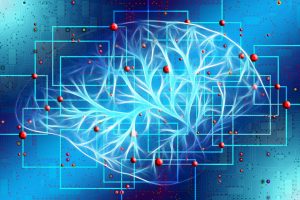 solve the following categories of problems using various methods (statistics, computational intelligence, machine learning or traditional symbolic AI) to achieve goals like social intelligence, creativity and general intelligence.
solve the following categories of problems using various methods (statistics, computational intelligence, machine learning or traditional symbolic AI) to achieve goals like social intelligence, creativity and general intelligence. e.g. autonomous driving cars, that use a variety of sensors like cameras and radars to collect information about the road and other vehicles and make real time decisions about control of the car.
e.g. autonomous driving cars, that use a variety of sensors like cameras and radars to collect information about the road and other vehicles and make real time decisions about control of the car. with humans for survival? Will this be a symbiotic relationship or a competition for survival? Are we simply a tool in the evolutionary process playing our part in creating a smarter, better and more resilient new being?
with humans for survival? Will this be a symbiotic relationship or a competition for survival? Are we simply a tool in the evolutionary process playing our part in creating a smarter, better and more resilient new being?











